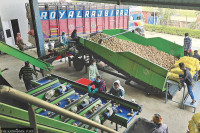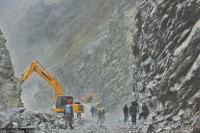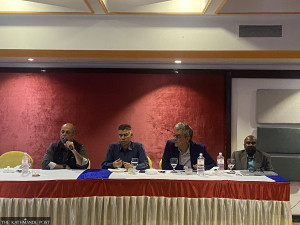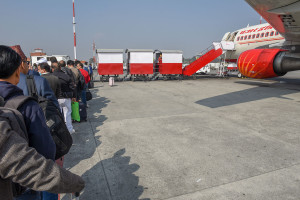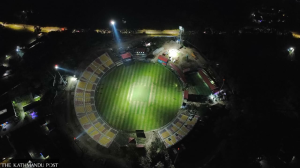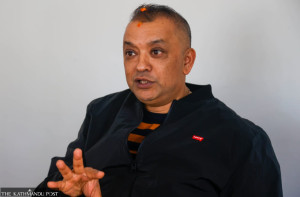Money
‘Nepal will need installed electricity capacity of 10,092 MW by 2030’
Nepal will need an installed electricity capacity of 10,092 MW by 2030 if its Gross Domestic Product (GDP) grows at a constant 5 percent per year, a study on energy demand has revealed.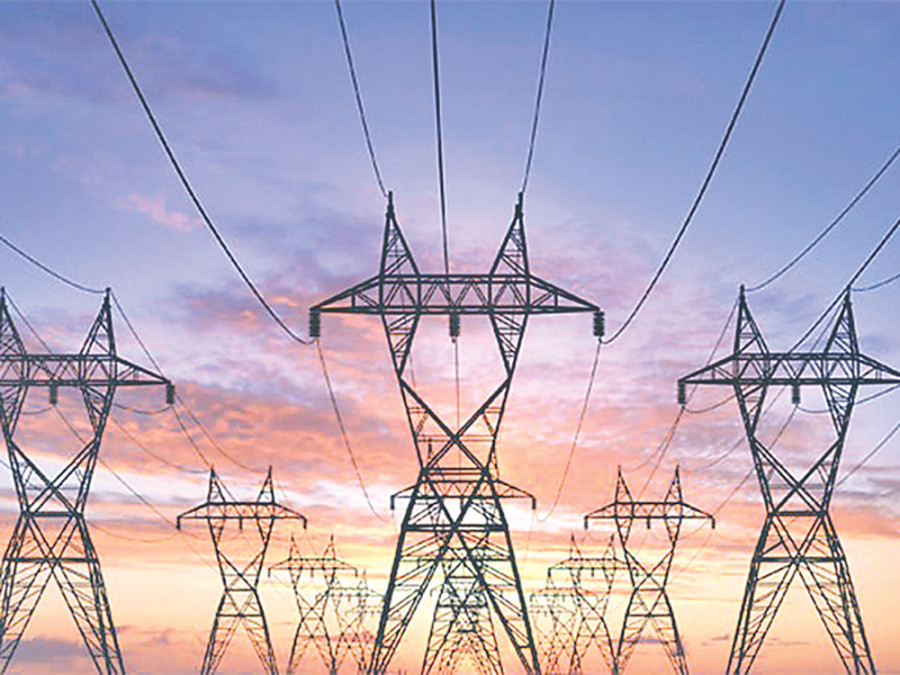
Bibek Subedi
Nepal will need an installed electricity capacity of 10,092 MW by 2030 if its Gross Domestic Product (GDP) grows at a constant 5 percent per year, a study on energy demand has revealed.
The survey jointly conducted by the National Planning Commission (NPC) and Investment Board Nepal (IBN) showed that the power demand forecast made by the Nepal Electricity Authority (NEA) was repressed.
The NEA forecast that the total energy demand would reach 4,280 MW by 2030 in its annual report for the fiscal year 2014-15, or less that half of what the NPC and IBN have projected.
According to the NPC and IBN, their study has taken different variables including latent demand into account and considered electricity as the key input for economic growth. Meanwhile, the NEA said its forecast was based on trend analysis over several years.
A senior NEA official said that they basically relied on trend analysis of power demand but also gave due consideration to different variables.
“However, we will also give due consideration to the study conducted by other government agencies while conducting different tasks and signing power purchase agreements,” the NEA official said.
The NEA has often been accused of discouraging the private sector by not signing power purchase agreements on the basis of its low demand forecast. Lately, the NEA had exhibited uneasiness over signing a PPA with the West Seti Hydropower Project as it feared there would be surplus power after it comes online.
IBN sources claimed its study showed a more realistic demand for electricity than other studies because it had taken latent demand into account.
Latent demand is the desire for a product or service that a consumer is unable to enjoy because of his or her ignorance or unavailability of the product or service.
“In the absence of a proper supply mechanism, demand for electricity has always been suppressed,” said the IBN official. “So, while conducting this study, we considered different scenarios under which demand could be different.
Also, we have considered electricity as the basic input for economic growth.”
Similarly, the country will need an installed electricity capacity of 11,560 MW by 2030 if the economy grows by a constant 7 percent over the period.
“As the GDP growth rate is higher than in the first scenario, the electricity requirement has also increased correspondingly,” the report said. Nepal will need an installed electricity capacity of 14,702 MW by 2030 if the economy maintains a constant annual growth rate of 10 percent.
According to the study, the forecast was based on certain assumptions like the population growing at a constant rate of 1.35 percent annually, decreased dependency on fossil fuels and major changes in sectoral contribution to the GDP.
For example, in the first scenario where the GDP grows at an annual rate of 5 percent, the contribution of agriculture to the GDP was predicted to decline to 22 percent from the existing 33 percent.
Similarly in the scenario where the economy grows at an annual rate of 10 percent, the study has assumed that the contribution of manufacturing to the GDP will increase to 25 percent form the current 2.4 percent.
The 24th board meeting of IBN on Friday decided to endorse the report and decided to direct the National Planning Commission through the Prime Minister’s Office to make the necessary policies, plans and programmes after incorporating the study’s recommendations.
Demand forecast
- A yearly 5 percent GDP growth rate will require an installed electricity capacity of 10,092 MW.
- A yearly 7 percent GDP growth rate will require an installed electricity capacity of 11,560 MW.
- A yearly 10 percent GDP growth rate will require an installed electricity capacity of 14,702 MW.




 13.12°C Kathmandu
13.12°C Kathmandu



